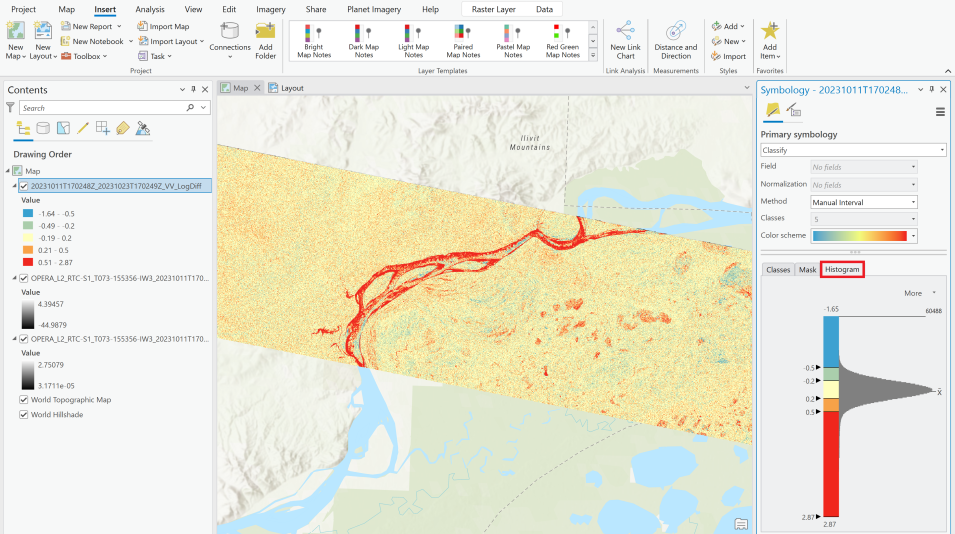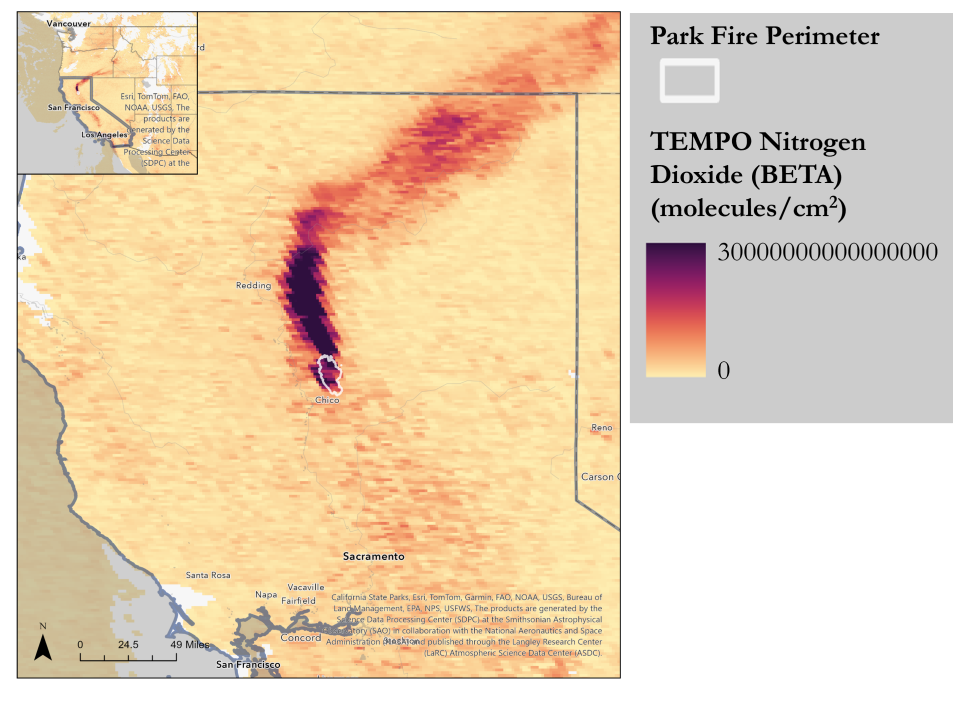Today is GIS Day, an opportunity for users across the globe to celebrate this powerful technology. GIS stands for Geographic Information Systems, which encompass tools that allow us to see our world through a spatial lens. GIS provides an intuitive way to store, visualize, and analyze geographic information to help us better understand patterns, trends, and phenomenon based on their location. At NASA, we use GIS to visualize Earth observation data collected from our fleet of satellites, often integrated alongside other information, to analyze relationships and study changes in areas across the globe.
All NASA data is free to discover, access, download, and use. We encourage you to explore the below GIS-centric projects, missions, tools, and applications, gathered to inspire you leverage GIS to better understand your home planet.
















